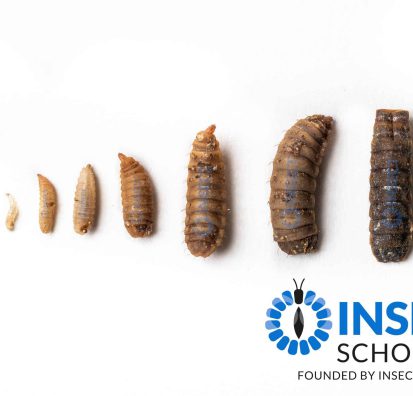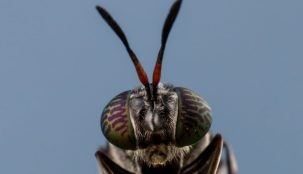The Impact of Light Temperature on Black Soldier Fly Breeding

The breeding of Black Soldier Flies (BSF) has emerged as a promising venture for sustainable waste management and protein production. However, commercial breeding operations often face challenges due to the seasonal fluctuations in sunlight, particularly during autumn and winter. These fluctuations can significantly affect the reproductive cycles of BSF, necessitating the use of artificial lighting to maintain consistent breeding conditions. While various sources such as LEDs, fluorescent lights, and quartz iodine lamps have been successfully employed, the role of color temperature in artificial lighting has received relatively little attention.
Understanding Color Temperature
Color temperature is a measure of the color appearance of light emitted by a source when it is heated to a specific temperature. It is expressed in Kelvin (K) and does not directly refer to the physical temperature of the light source. Instead, it describes the hue of the light emitted. Lower color temperatures (<3000 K) produce warmer colors, such as reds and yellows, while higher color temperatures (>5000 K) emit cooler colors, such as blues and whites, resembling moonlight and starlight.

The Importance of Light in BSF Breeding
BSF rely on their compound eyes, equipped with photoreceptors that are sensitive to UV, blue, and green light. According to Oonincx et al. (2016), these photoreceptors are attuned to wavelengths between 332-535 nm. This spectral sensitivity suggests that the choice of artificial light for BSF breeding should carefully consider these wavelengths to optimize the flies’ perception and behavior.

Impact of Light Color Temperature on Insect Behavior
The color temperature of artificial light can significantly influence the behavior and biological rhythms of insects. High color temperatures, which emit blue and white light, may disrupt the circadian rhythms (sleep-wake cycles) of insects. This disruption can interfere with their ability to navigate, communicate, feed, mate, and reproduce. On the contrary, low color temperature light sources, such as yellow light (565-590 nm within the BSF spectral range), are less likely to disrupt these natural behaviors.

Recommendations for Optimal BSF Breeding
To enhance the efficiency of BSF breeding under artificial light, it is crucial to consider the following recommendations:
- Utilize Appropriate Wavelengths: Ensure that the artificial source emits wavelengths within the BSF’s spectral sensitivity range (332-535 nm). This can enhance the flies’ ability to perceive and respond to the light, thereby supporting their natural behaviors.
- Moderate Color Temperature: Avoid high color temperature light sources (>5000 K) as they can disrupt the insects’ circadian rhythms and natural behaviors. Instead, opt for lower color temperatures that produce warmer light, such as yellow light, which is less likely to interfere with BSF activity.
- Tailor Lighting to Seasonal Needs: Adjust the artificial lighting conditions to mimic natural sunlight fluctuations. During periods with limited natural light, such as autumn and winter, provide consistent artificial lighting that supports the flies’ reproductive cycles.
- Monitor Behavioral Responses: Regularly observe the BSF’s behavior under different lighting conditions to identify any adverse effects. This can help in fine-tuning the lighting setup to ensure optimal breeding outcomes.

Color temperature plays a critical role in the effectiveness of artificial lighting for BSF breeding. By understanding and applying the principles of color temperature, breeders can create more conducive environments that support the natural behaviors and reproductive cycles of BSF. This approach not only enhances breeding efficiency but also contributes to the sustainable production of BSF for various applications.
For more information about:
- Insect Bioconversion of Waste, please contact us at the Insect school. https://www.insectschool.com/
- Turnkey Insect Farms – https://www.insectengineers.com/bsfturnkey/production
- If you would like to book BSF industry keynote speaker Bob Holtermans for your event – https://www.insectengineers.com/about-us/speaker-bobholtermans










